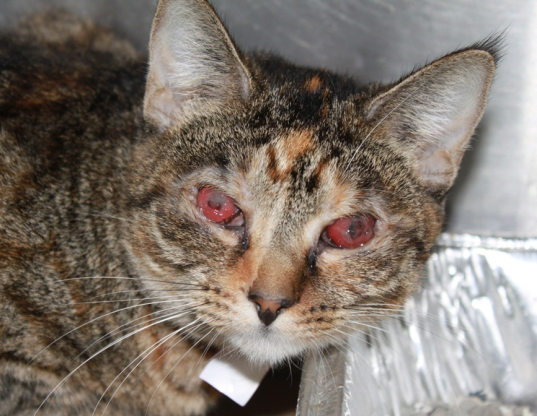Knocking The Snot Out Of Feline Uri
Personalize your quiz and earn a certificate with your name on it!
Quiz Review Timeline (Updated): +
Our quizzes are rigorously reviewed, monitored and continuously updated by our expert board to maintain accuracy, relevance, and timeliness.
-
Current Version
-
Mar 18, 2022Quiz Edited by
ProProfs Editorial Team -
Sep 26, 2012Quiz Created by
















